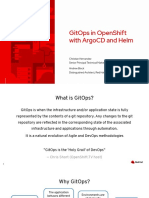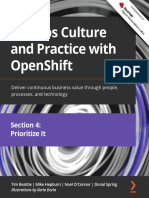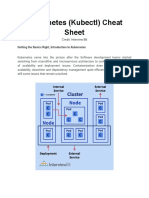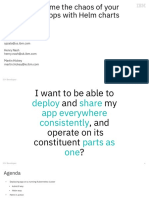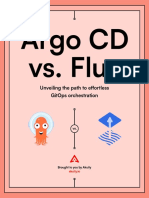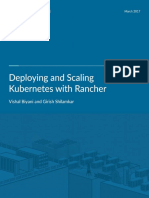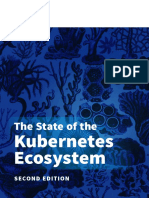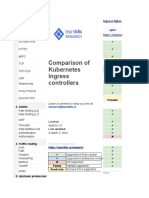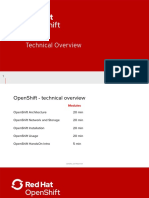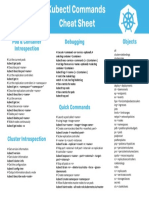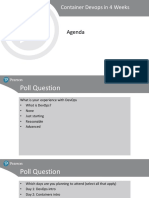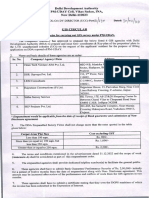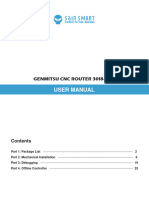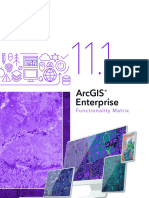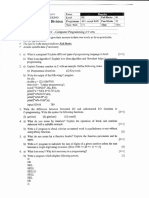100% found this document useful (1 vote)
919 views40 pagesDevOps & Kubernetes for Developers
This document provides an introduction to DevOps with Kubernetes and Helm. It discusses how Kubernetes can help developers focus on innovation while helping IT manage infrastructure more efficiently. The document then demonstrates how to deploy an application to Kubernetes using Helm, which provides an easy way to find, share, and use applications built for Kubernetes. It concludes by noting that Helm helps manage the complexity of Kubernetes.
Uploaded by
stalemate97Copyright
© © All Rights Reserved
We take content rights seriously. If you suspect this is your content, claim it here.
Available Formats
Download as PDF, TXT or read online on Scribd
100% found this document useful (1 vote)
919 views40 pagesDevOps & Kubernetes for Developers
This document provides an introduction to DevOps with Kubernetes and Helm. It discusses how Kubernetes can help developers focus on innovation while helping IT manage infrastructure more efficiently. The document then demonstrates how to deploy an application to Kubernetes using Helm, which provides an easy way to find, share, and use applications built for Kubernetes. It concludes by noting that Helm helps manage the complexity of Kubernetes.
Uploaded by
stalemate97Copyright
© © All Rights Reserved
We take content rights seriously. If you suspect this is your content, claim it here.
Available Formats
Download as PDF, TXT or read online on Scribd
/ 40











